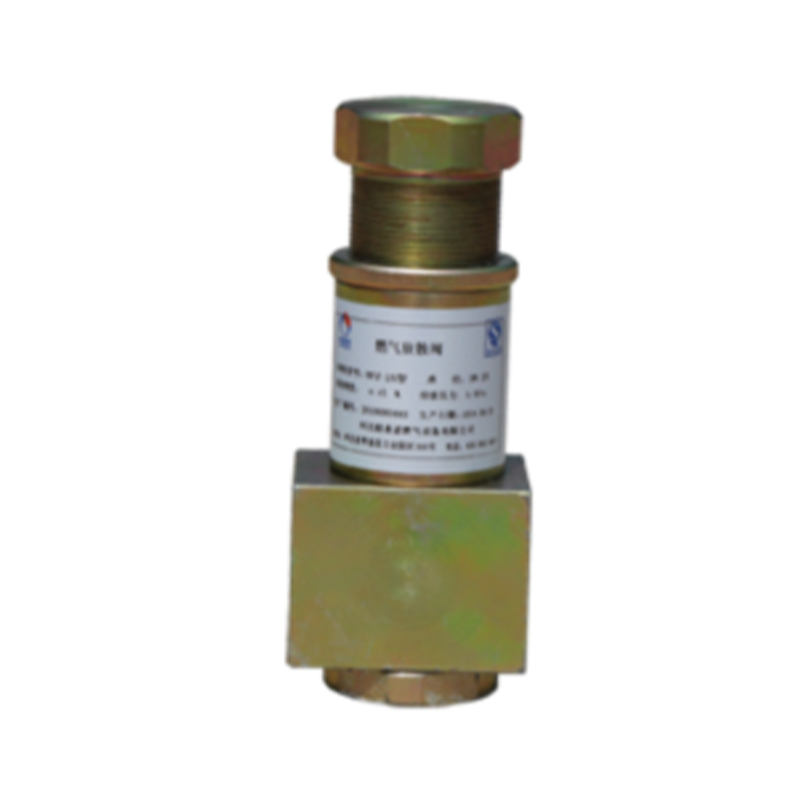
Nov . 06, 2024 16:40
Back to list
Design and Safety Considerations for Pressurized Gas Storage Vessels
Understanding Gas Pressure Vessels Safety and Design Considerations
Gas pressure vessels are essential components in various industrial processes, serving to store or transport gases at high pressures. These vessels are designed with specific engineering principles to ensure they can safely contain the pressurized gas, preventing leaks and catastrophic failures. Understanding the design, operation, and safety considerations of gas pressure vessels is crucial for engineers, safety personnel, and anyone involved in industrial operations.
A gas pressure vessel can be defined as a container that holds gases at pressures that are significantly higher than atmospheric pressure. They are commonly used in industries such as oil and gas, chemical manufacturing, and even in the energy sector. The applications include everything from the storage of natural gas and compressed air to the containment of gases during chemical reactions.
Design Criteria
When designing gas pressure vessels, engineers must consider several critical factors. First, they need to account for the type of gas being stored. Different gases have varying properties, including temperature, corrosiveness, and flammability, which affect the choice of materials and coatings for the vessel.
Material selection is paramount in the design of pressure vessels. Common materials include carbon steel, stainless steel, and various alloys. The ultimate goal is to ensure the selected material can withstand the internal pressure without deforming or failing. Additionally, the vessel must be designed to handle any temperature changes that could occur from the gas itself, or from external environmental influences.
The design must also adhere to stringent regulatory standards, which vary by region but generally include guidelines set by organizations such as the American National Standards Institute (ANSI) and the American Society of Mechanical Engineers (ASME). These guidelines provide frameworks for material specifications, design methodologies, and safety testing protocols.
gas pressure vessel

Safety Measures
Safety is the most critical aspect of gas pressure vessel operation. The potential for an uncontrolled release of pressurized gas poses serious risks, including explosions and environmental damage. To mitigate these risks, several safety measures are typically put in place.
One primary safety feature is the pressure relief valve. This mechanism is designed to automatically release gas if the internal pressure exceeds safe limits, thus preventing a potential rupture of the vessel. Regular maintenance and testing of these valves are vital to ensure they function correctly during emergencies.
Another important consideration is the regular inspection and maintenance of gas pressure vessels. This includes non-destructive testing methods such as ultrasonic testing, magnetic particle testing, and radiographic inspection to detect any signs of wear or damage to the vessel. Operators must also monitor operational parameters such as pressure and temperature continuously, using sophisticated sensing equipment to ensure conditions remain within safe limits.
Training personnel is also vital to maintaining safety in operations involving gas pressure vessels. Workers must understand the properties of the gases involved, the potential hazards, and the protocols for handling emergencies.
Conclusion
Gas pressure vessels play a vital role in many industries that rely on the safe storage and transportation of gases under pressure. Effective design and stringent safety measures are essential to prevent accidents and ensure efficient operations. As technology advances, the materials and methods used in constructing gas pressure vessels continue to evolve, leading to enhanced safety and performance. The commitment to ongoing training, maintenance, and adherence to regulatory standards will remain essential in safeguarding the integrity of gas pressure vessels and the safety of those who operate them. As we move forward, the principles of engineering and safety will guide us in managing these critical components in industrial applications.
Latest news
-
Safety Valve Spring-Loaded Design Overpressure ProtectionNewsJul.25,2025
-
Precision Voltage Regulator AC5 Accuracy Grade PerformanceNewsJul.25,2025
-
Natural Gas Pressure Regulating Skid Industrial Pipeline ApplicationsNewsJul.25,2025
-
Natural Gas Filter Stainless Steel Mesh Element DesignNewsJul.25,2025
-
Gas Pressure Regulator Valve Direct-Acting Spring-Loaded DesignNewsJul.25,2025
-
Decompression Equipment Multi-Stage Heat Exchange System DesignNewsJul.25,2025

